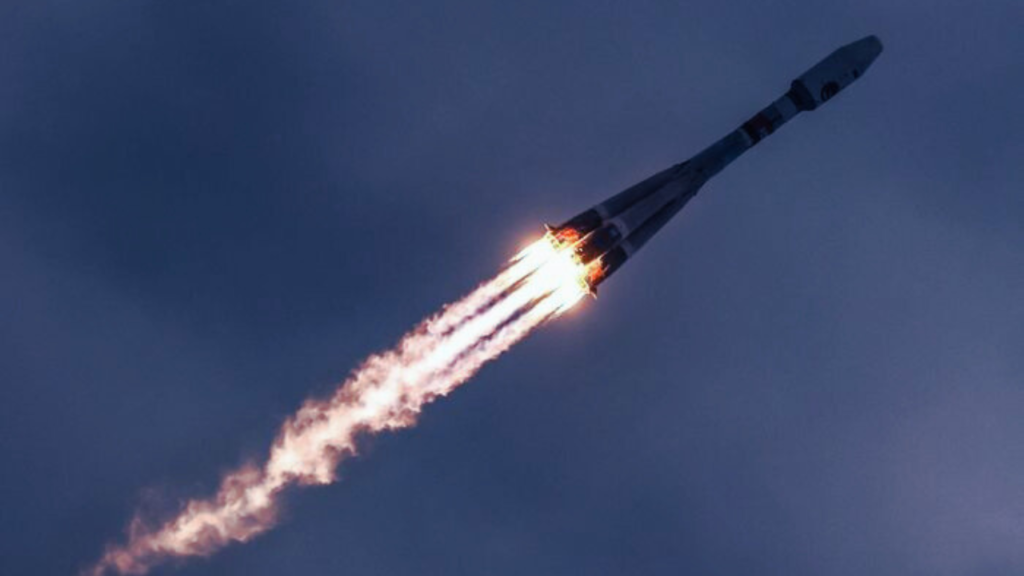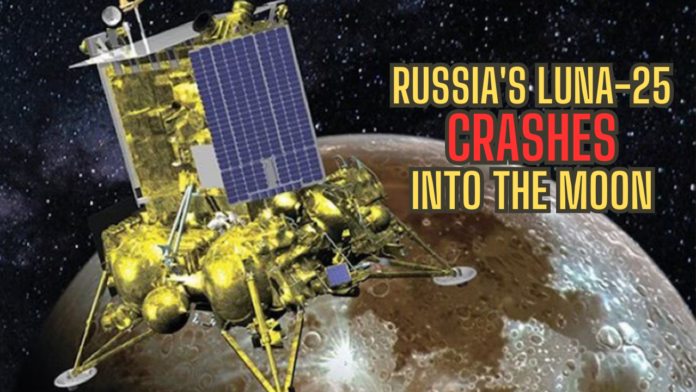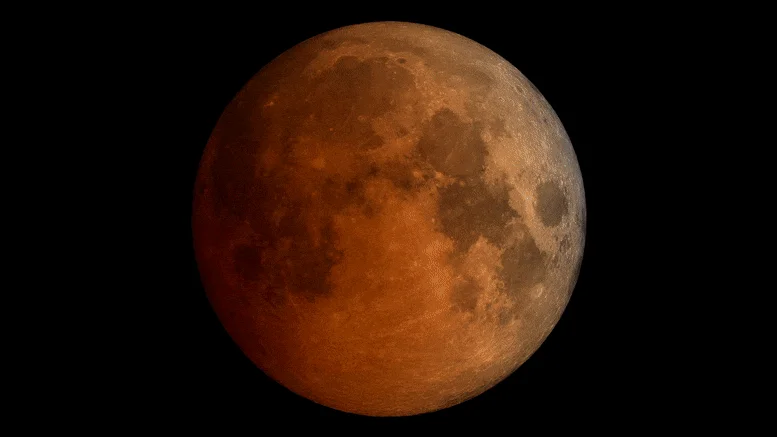On Sunday , the Russian space organization cited the initial discoveries of the inquiry following the communication breakdown, indicating that a robotic spacecraft of Russian origin, currently in transit, was mentioned to the Moon’s surface has encountered an accident. This marks a setback for the nation that became the first during the Cold War to send both a man and then a woman into orbit.
The Luna-25 lander, Russia’s first lunar surface mission since the 1970s, entered lunar orbit last Wednesday and was supposed to touch down on Monday morning. According to Roscosmos, the state space corporation overseeing Russian space activities, on Saturday afternoon Moscow time, the spacecraft ignited its engines to enter an orbit, which would position it for lunar landing. However, an unspecified “emergency situation” arose.
Table of Contents
ToggleTable of Contents
Roscosmos reported on Sunday that contact with the spacecraft was lost 47 minutes after the engine ignition. Efforts to reestablish communication failed, and Luna-25 deviated from its intended trajectory, resulting in a collision with the Moon’s surface and the termination of its existence.
It has been stated that an inter-agency committee will be formed to investigate the causes of the failure.

Luna-25 And Moon Connection Lost :-
Launched on August 11, Luna-25 aimed to become the first mission to reach the southern polar region of the Moon. Government space programs and private companies worldwide are interested in this part of the Moon as they believe it could contain water ice, a resource that future space travelers might use.
The primary goal of Luna-25 was to test the technology for landing on the Moon and assess the risks of the mission’s less risky phases. The failure of the lander’s safe phase, due to landing mishap, would add to Russia’s space struggles.
For lunar missions, two of the most tense moments are rocket launch from Earth and self-landing. In the past four years, the last few minutes of landing attempts on the lunar surface, undertaken by India, an Israeli non-profit, and a Japanese company, have seen successful “bounces” in the Moon’s vicinity.
Luna-25 Crash Landing Video For You :-
- “From Ascent to Descent: Russia’s Moon Mission Ends with a Crash Landing”:-
When missions fail during spacecraft engine firing, the cause is often poor construction and inadequate testing. These deficiencies were responsible for the lack of success in Russia’s previous significant interplanetary endeavor involving robotics, the Phobos-Grunt mission of 2011. Another factor can be human error, such as when NASA’s Mars Climate Orbiter burned up in the Martian atmosphere in 1999 due to a mix-up between metric and imperial units.
President Vladimir Putin, who has highlighted Russian triumphs in space as part of his power-consolidation plan, may be surprised by the mission’s failure.
On Sunday, the Russian space organization cited the initial discoveries of the inquiry following the communication breakdown, indicating that a robotic spacecraft of Russian origin, currently in transit, was mentioned.
Decades in the making :-
Also called the Luna-Glob-Lander, Luna 25 was on a journey to study the composition of the moon’s soil and the very thin lunar exosphere, or the moon’s scant atmosphere, for one year.
The mission’s trajectory allowed it to surpass India’s Chandrayaan-3 lunar lander, which launched in mid-July.
Both spacecraft were headed for the moon’s south pole region.
Much of the interest in the area comes down to the fact that it remains one of the least explored regions of the moon. The geographical area is also where scientists believe water is stored on the lunar surface in the form of ice, frozen solid in shadowy craters shielded from the sun.
Characterizations that India and Russia were racing for the lunar south pole, however, weren’t entirely accurate, according to astrophysicist Jonathan McDowell, a researcher at the Center for Astrophysics, Harvard & Smithsonian. He pointed out that both projects have been in the works for more than a decade.
Initially, Roscosmos and the European Space Agency planned to partner on Luna 25, as well as Luna 26, Luna 27 and the ExoMars rover.






